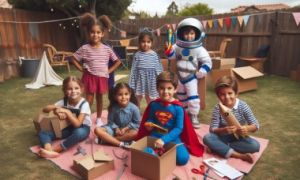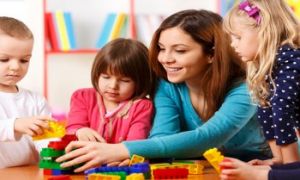In early childhood education, every family brings a unique rhythm of celebration, memory, and meaning. The Family Holiday Traditions template offers educators a powerful tool to honour these rhythms—inviting families to share their cherished customs and weaving them into the fabric of the learning environment.
Why Holiday Traditions Matter in Early Childhood
Holidays are more than dates on a calendar—they’re stories, smells, songs, and symbols passed through generations. When children see their family’s traditions reflected in the learning space, they feel seen, valued, and connected. This sense of belonging is foundational to the EYLF’s Outcome 1: Children have a strong sense of identity.
By inviting families to share their traditions, educators:
- Celebrate cultural diversity and inclusion
- Build stronger partnerships with families
- Create meaningful learning experiences rooted in real life
- Support children’s emotional well-being during seasonal transitions
What’s in the Template?
The Family Holiday Traditions template includes:
- A letter to families explaining the purpose and inviting participation
- A date box to track submissions
- A family input form with four text boxes and one image box for photos or drawings
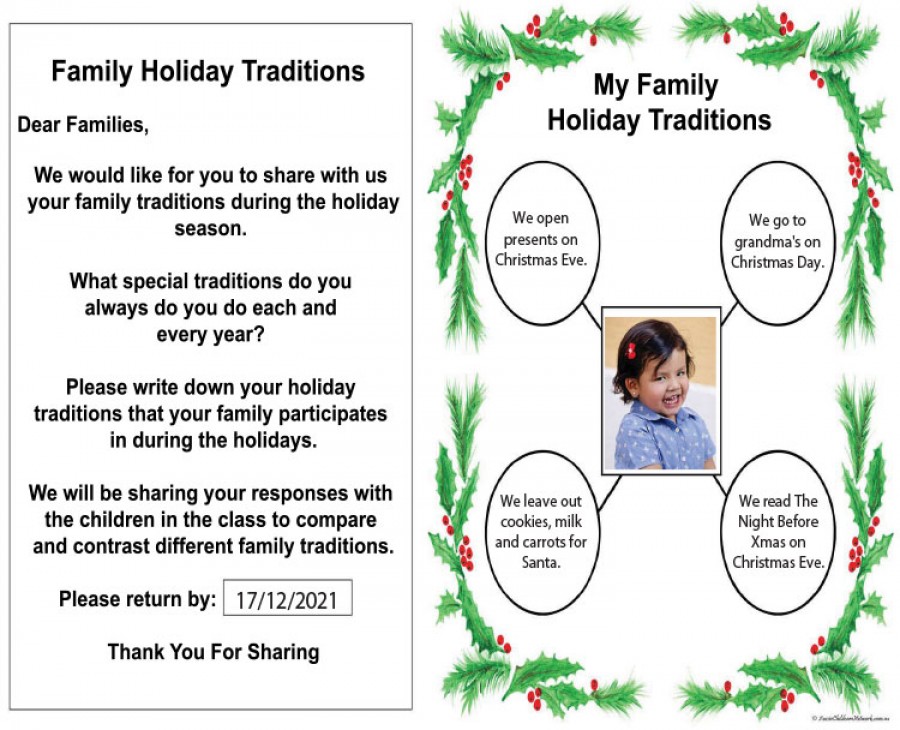
Families are encouraged to describe:
- How they celebrate holidays (e.g., food, music, rituals)
- Who they celebrate with
- Special memories or stories
- Any items or symbols they’d like to share with the group
Extending the Learning
Once families submit their traditions, educators can:
- Create a visual display of holiday stories and photos
- Invite children to share their own experiences in group time
- Incorporate traditional foods, songs, or crafts into the program
- Explore similarities and differences between celebrations
- Use the stories as springboards for dramatic play, art, or storytelling
Reflective Questions for Educators
- How do I ensure all families feel safe and welcome to share?
- What assumptions might I hold about “mainstream” holidays?
- How can I use these traditions to foster empathy and cultural curiosity?
- In what ways can I document and celebrate these stories with children?
By inviting families to share their holiday stories, we affirm that every child’s background is worthy of celebration—and that our learning spaces are enriched by the diversity of those who enter them.
Download Template: Family Holiday Traditions Template


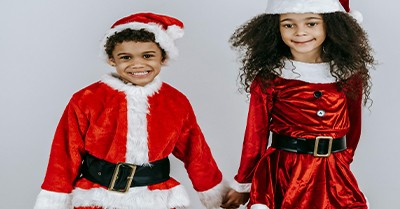
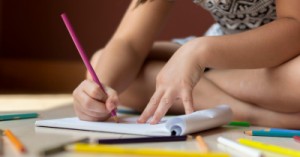
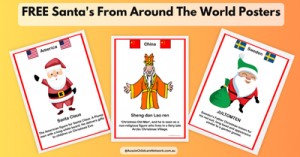

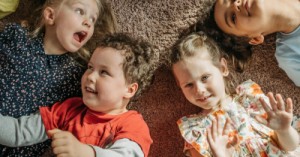
 Here is the list of the EYLF Learning Outcomes that you can use as a guide or reference for your documentation and planning. The EYLF
Here is the list of the EYLF Learning Outcomes that you can use as a guide or reference for your documentation and planning. The EYLF The EYLF is a guide which consists of Principles, Practices and 5 main Learning Outcomes along with each of their sub outcomes, based on identity,
The EYLF is a guide which consists of Principles, Practices and 5 main Learning Outcomes along with each of their sub outcomes, based on identity, This is a guide on How to Write a Learning Story. It provides information on What Is A Learning Story, Writing A Learning Story, Sample
This is a guide on How to Write a Learning Story. It provides information on What Is A Learning Story, Writing A Learning Story, Sample One of the most important types of documentation methods that educators needs to be familiar with are “observations”. Observations are crucial for all early childhood
One of the most important types of documentation methods that educators needs to be familiar with are “observations”. Observations are crucial for all early childhood To support children achieve learning outcomes from the EYLF Framework, the following list gives educators examples of how to promote children's learning in each individual
To support children achieve learning outcomes from the EYLF Framework, the following list gives educators examples of how to promote children's learning in each individual Reflective practice is learning from everyday situations and issues and concerns that arise which form part of our daily routine while working in an early
Reflective practice is learning from everyday situations and issues and concerns that arise which form part of our daily routine while working in an early Within Australia, Programming and Planning is reflected and supported by the Early Years Learning Framework. Educators within early childhood settings, use the EYLF to guide
Within Australia, Programming and Planning is reflected and supported by the Early Years Learning Framework. Educators within early childhood settings, use the EYLF to guide When observing children, it's important that we use a range of different observation methods from running records, learning stories to photographs and work samples. Using
When observing children, it's important that we use a range of different observation methods from running records, learning stories to photographs and work samples. Using This is a guide for educators on what to observe under each sub learning outcome from the EYLF Framework, when a child is engaged in
This is a guide for educators on what to observe under each sub learning outcome from the EYLF Framework, when a child is engaged in The Early Years Learning Framework describes the curriculum as “all the interactions, experiences, activities, routines and events, planned and unplanned, that occur in an environment
The Early Years Learning Framework describes the curriculum as “all the interactions, experiences, activities, routines and events, planned and unplanned, that occur in an environment
